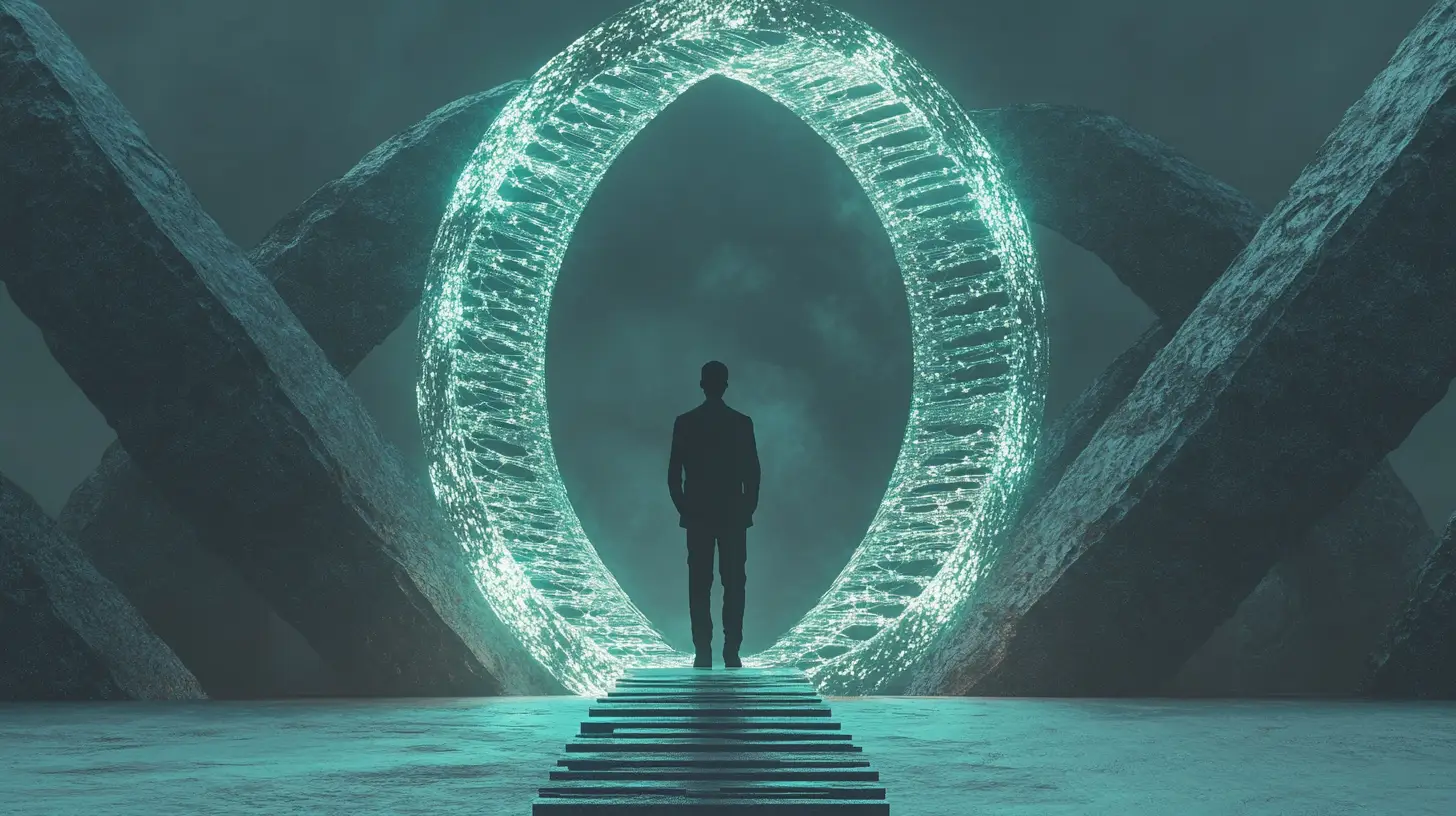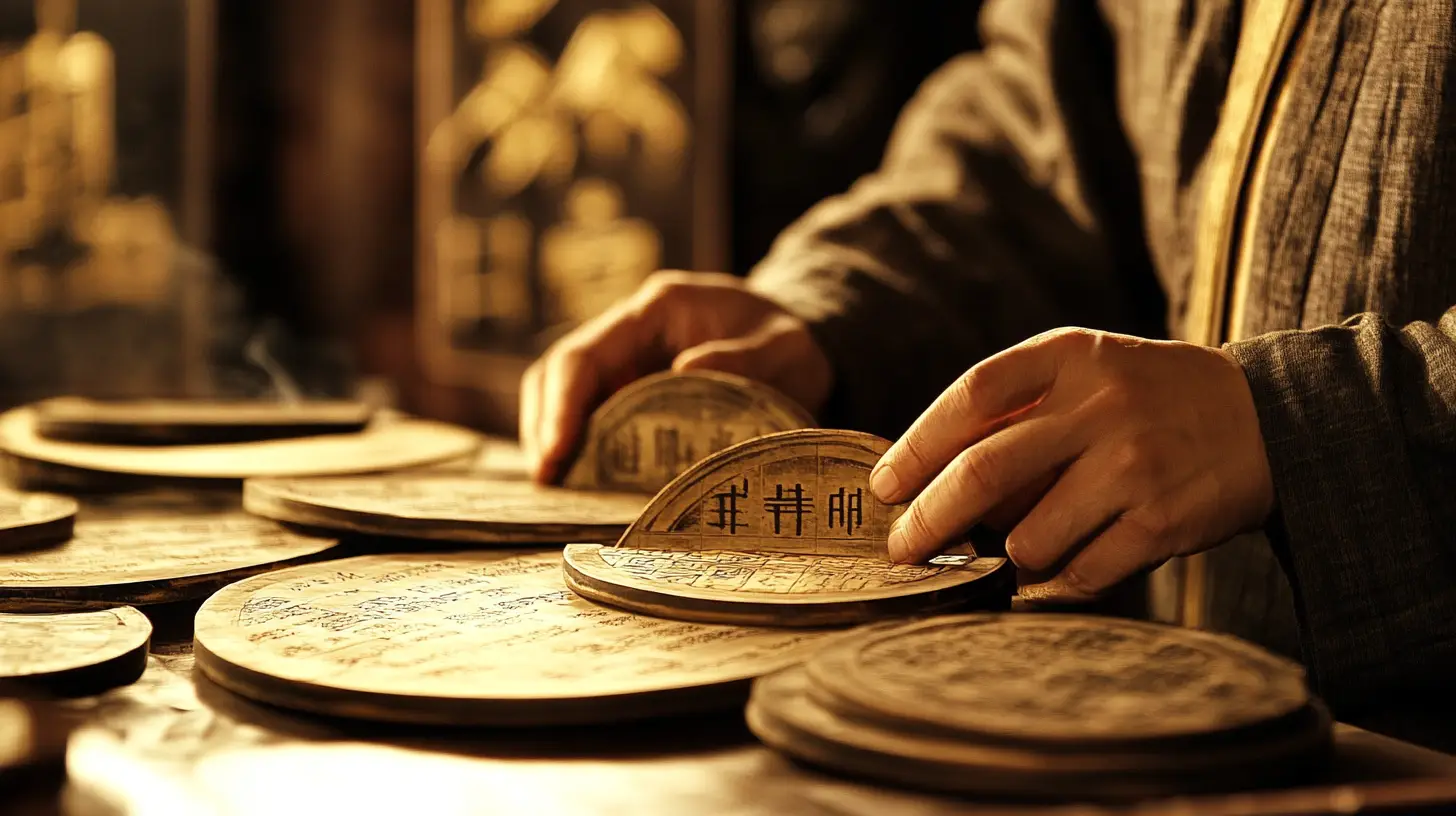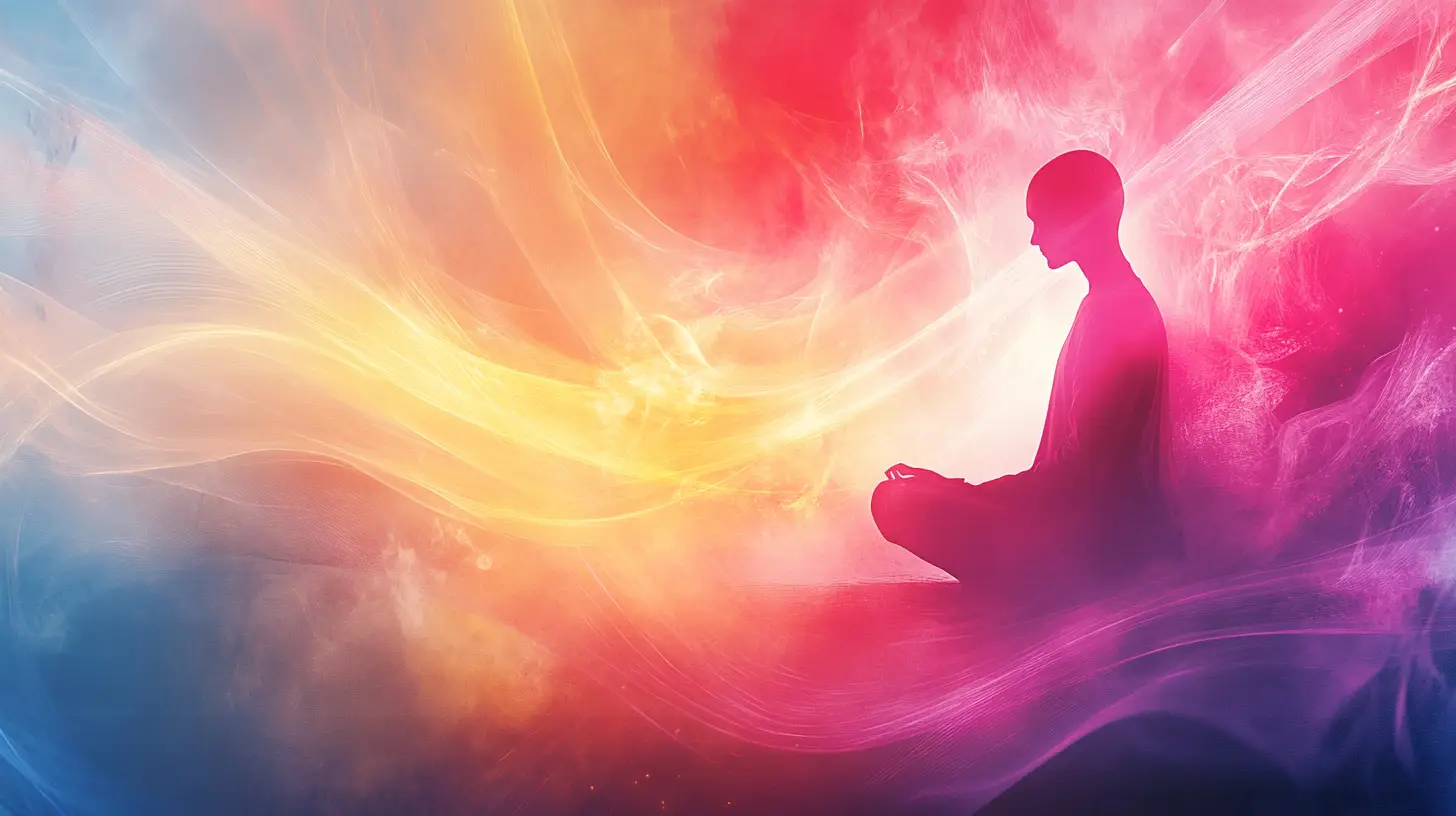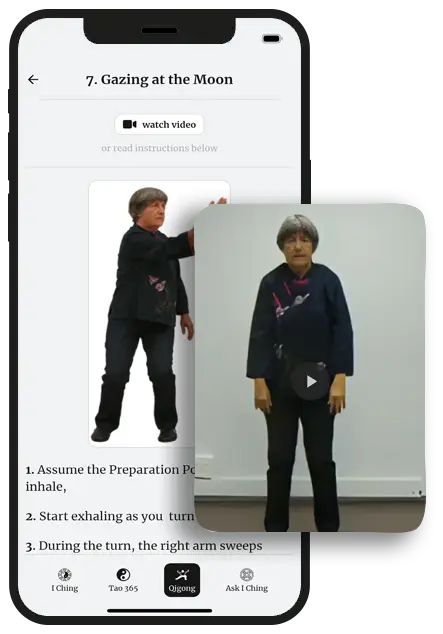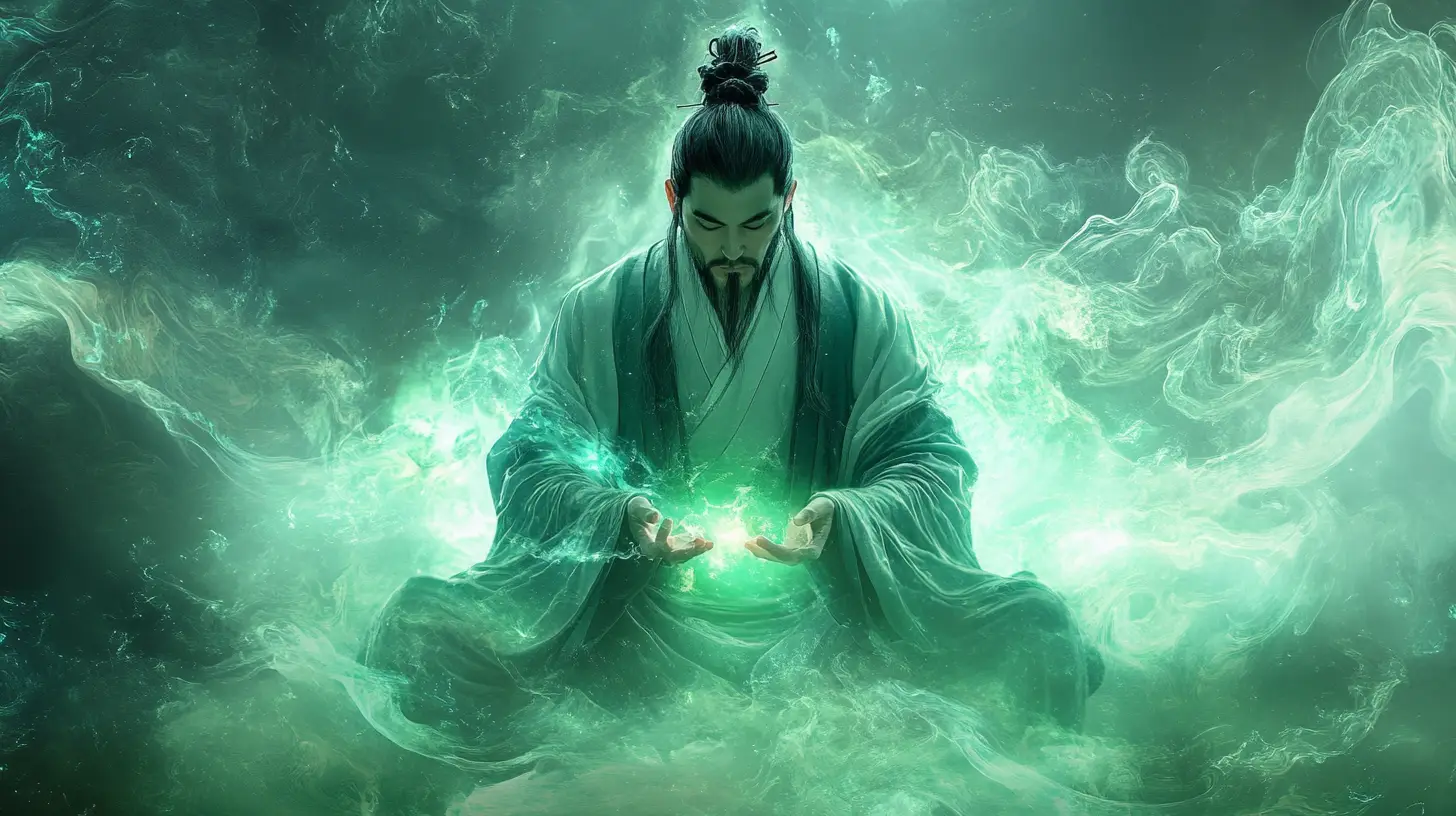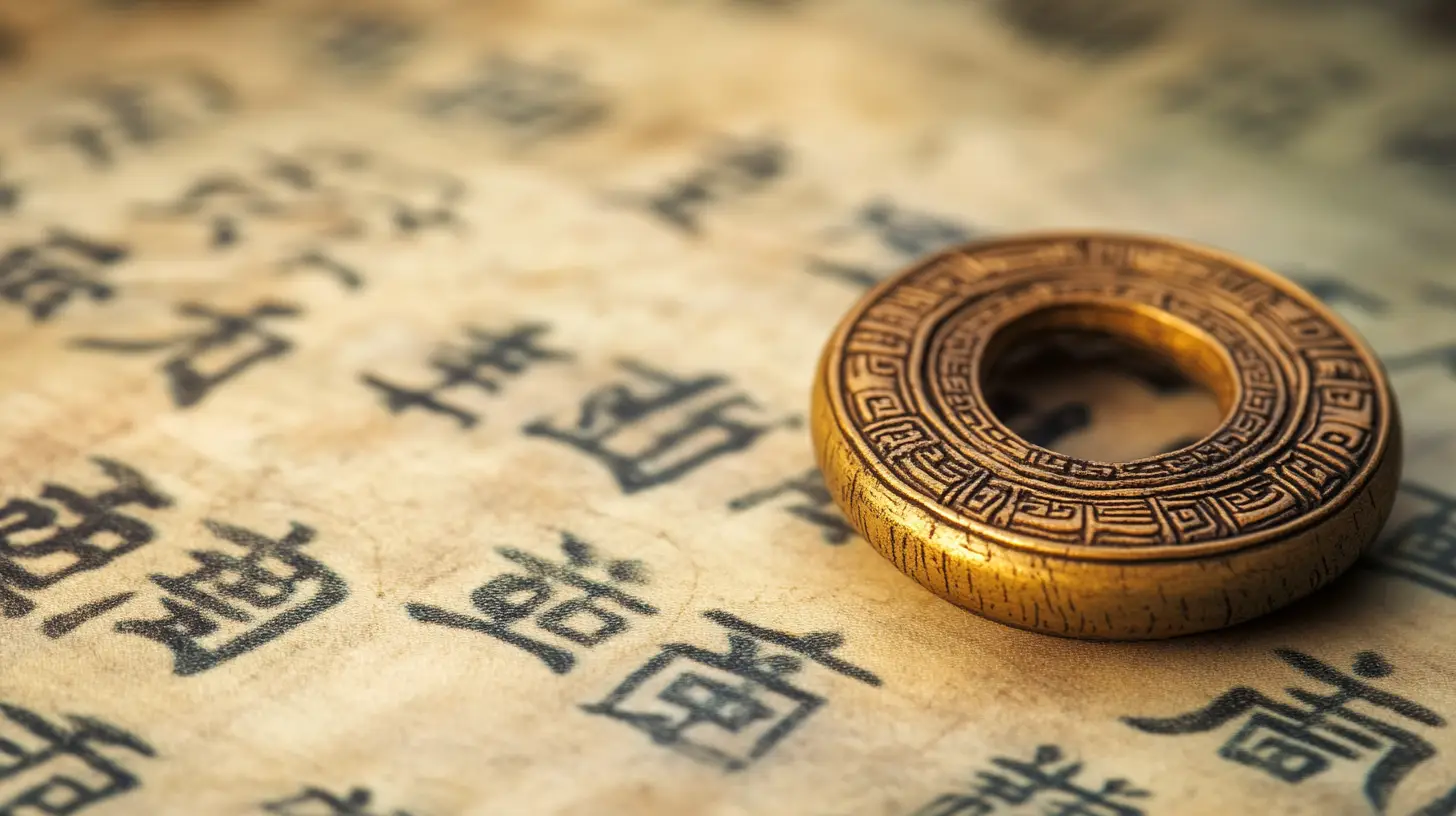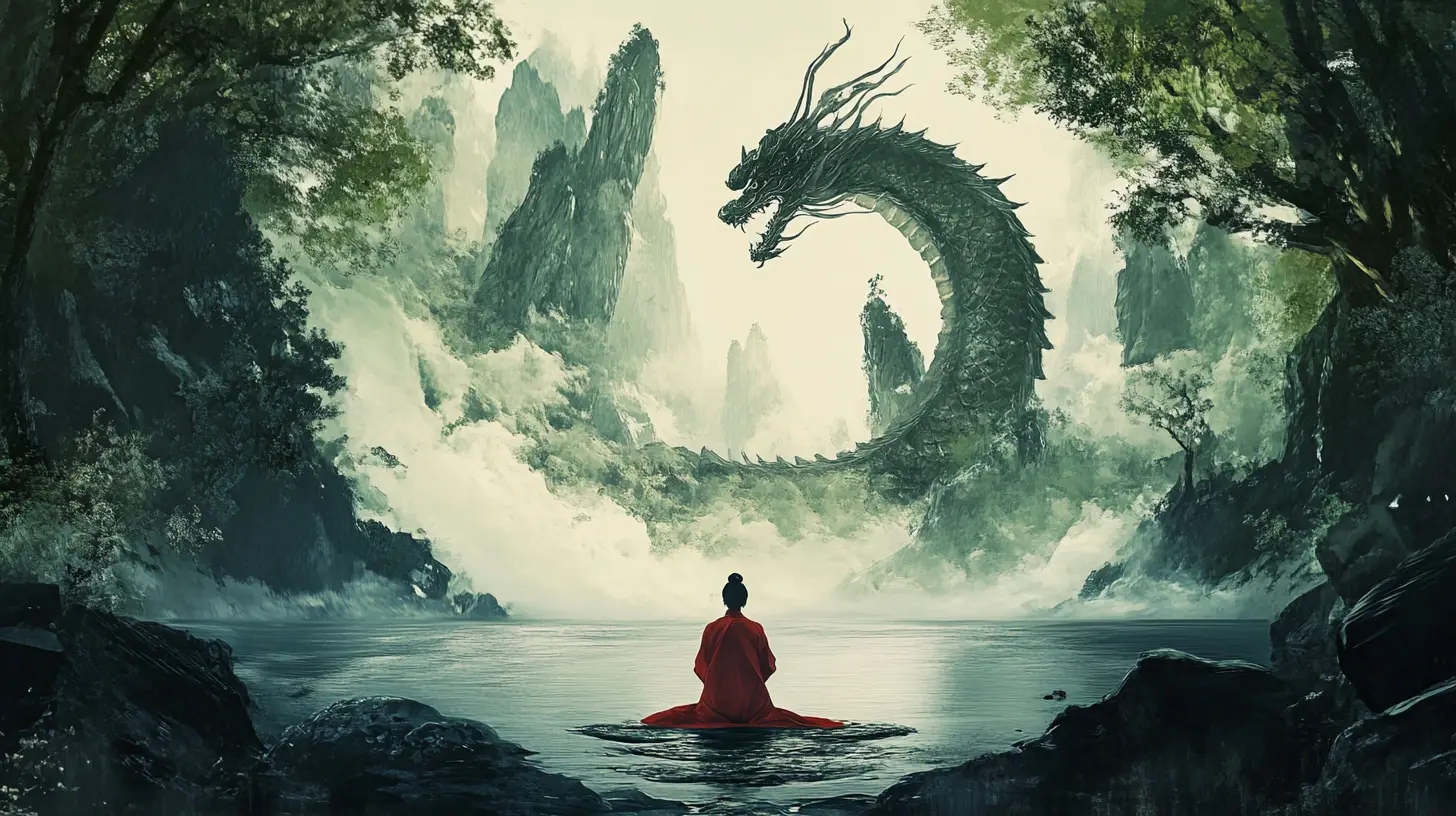The Ching, or Book of Change, is one of the most revered ancient Chinese divination texts in history. Used for centuries to guide decisions, spark self-reflection, and illuminate unseen truths, the I Ching continues to captivate seekers of wisdom in both East and West. But how does the I Ching actually work?
In the pursuit of personal growth, it’s essential to strike a balance between ambition and self-care, ensuring progress without compromising well-being. Acknowledging this balance is fundamental to living a fulfilling life, enhancing various facets of one’s existence including career, personal skills, and emotional intelligence. It’s important to approach self-improvement with a strategy that prevents burnout. Today, we’ll outline several practical approaches to cultivate personal development while preserving mental and physical health.
TL;DR – Why Is the I Ching Important?
- Ancient Wisdom: The I Ching, or Book of Change, is a foundational text in Chinese philosophy used for divination and life guidance.
- Hexagram System: It uses 64 hexagrams made of yin and yang lines to reflect life’s changing patterns.
- Dual Purpose: It serves as both a divination manual and a philosophical guide for ethical and spiritual growth.
- Enduring Influence: Key figures like Wilhelm and Wang Bi shaped its global reach; even Leibniz saw links to binary code.
- Timeless Relevance: The I Ching remains a practical tool for reflection, decision-making, and connecting with the Tao.
TL;DR – Why Does the I Ching Work?
- Symbolic Resonance: The I Ching works by reflecting your inner state through symbolic hexagrams, not predicting fixed outcomes.
- Synchronicity: Carl Jung believed it operates via meaningful coincidences, aligning outer events with inner awareness.
- Wu Wei Wisdom: The Ching teaches effortless action by encouraging alignment with the natural flow of life.
- Interactive Insight: Unlike passive divination methods, it invites conscious participation and interpretation.
- imeless Relevance: Still used today, it reveals present truth rather than future certainty—offering wisdom in any era.
TL;DR – I Ching and Quantum Physics
- Structural Parallels: The 64 hexagrams of the I Ching mirror quantum systems, functioning like binary codes representing states of change.
- Observer Effect: Like quantum mechanics, the I Ching requires an observer to collapse potential meanings into insight through interpretation.
- Probability & Superposition: Both systems rely on probability; casting a hexagram reflects superposition collapsing into a specific outcome.
- Entanglement & Interconnection: Hexagrams form an interconnected system akin to quantum entanglement, echoing the unity of all things.
- Unified Wisdom: The I Ching offers a symbolic, philosophical complement to quantum theory, bridging ancient Chinese wisdom and modern physics.
The Ching Oracle, also known as the Yijing, is an ancient book of wisdom that has guided seekers for centuries. Often referred to as the Book of Changes, it consists of 64 hexagrams, each offering insight into life’s challenges, decisions, and transformations. Unlike simple fortune-telling methods like the crystal ball, the Ching Oracle provides a structured approach to understanding the yin and yang dynamics in any given situation.
The Taoist I Ching is a profound synthesis of Taoism, Confucianism, and divination, offering wisdom for those seeking deeper insight into life’s transformations. This ancient Chinese classic, also known as the Book of Changes, has guided sages, scholars, and seekers for centuries. Rooted in Chinese philosophy, the I Ching presents a dynamic system of yin and yang, expressed through the sixty-four hexagrams, to interpret the flow of the Tao in everyday life.


